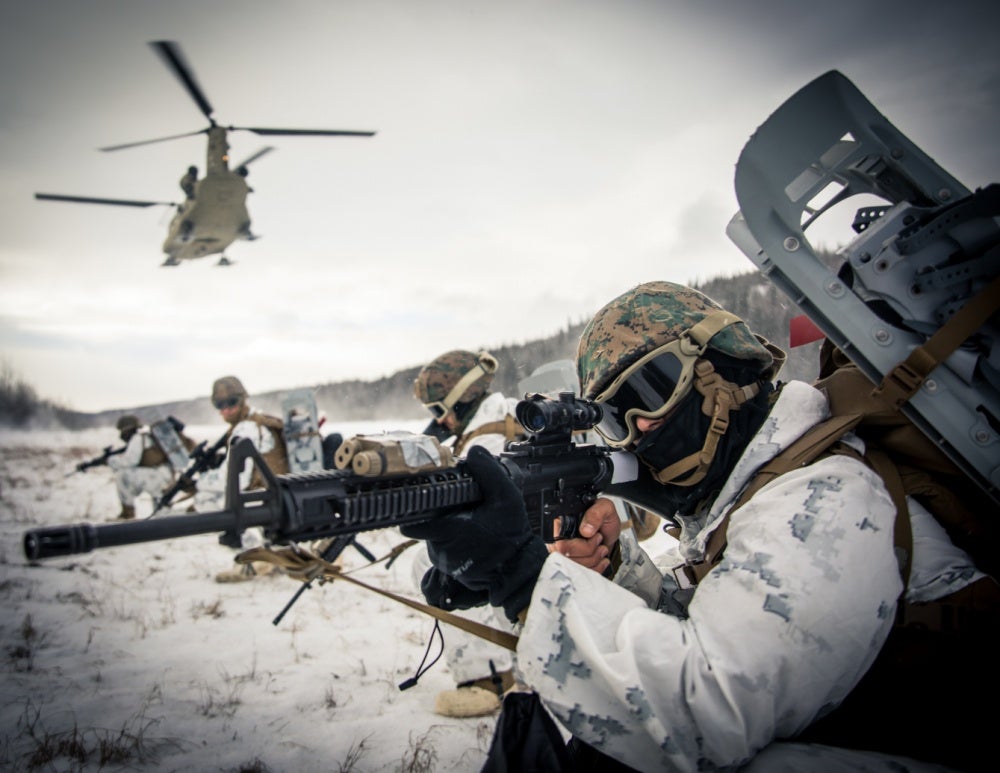US Navy Department Releases Strategic Blueprint for the Arctic
On January 5th, the US Navy released a new document which is meant to serve as a strategic blueprint for projecting US naval power in the Arctic region and for doing so in unison with other services, US agencies and allied powers. The new release began with an assertion of American interests in the region and drew attention to the challenges and opportunities resulting from an increasingly navigable Arctic.
“The United States is a maritime nation. We are also an Arctic nation. Our security, prosperity, and vital interests in the Arctic are increasingly linked to those of other nations in and out of the region. […] In the decades ahead, rapidly melting sea ice and increasingly navigable Arctic waters – a Blue Arctic – will create new challenges and opportunities off our northern shores.”
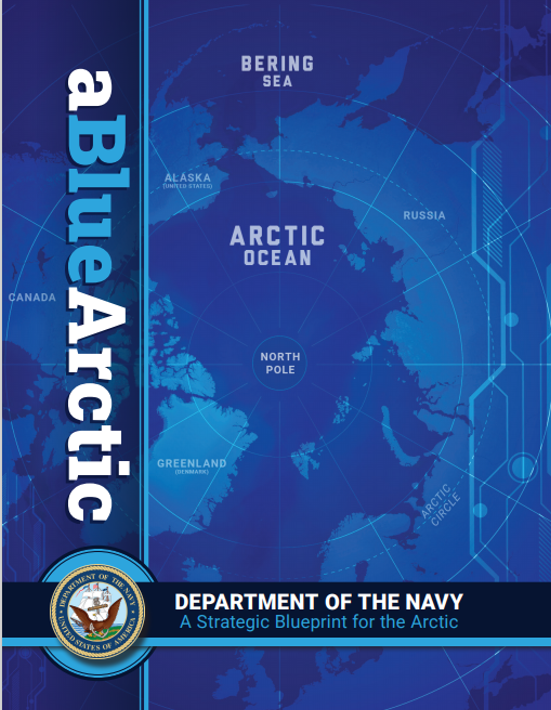
Unsurprisingly, Russia and China were quickly highlighted as the main challengers to American objectives in the region:
“Without sustained American naval presence and partnerships in the Arctic Region, peace and prosperity will be increasingly challenged by Russia and China, whose interests and values differ dramatically from ours.”
However, the report placed this great power competition in a much wider context: “The effects of new technologies, economic drivers, and competition among major powers are influencing regional security and stability.”
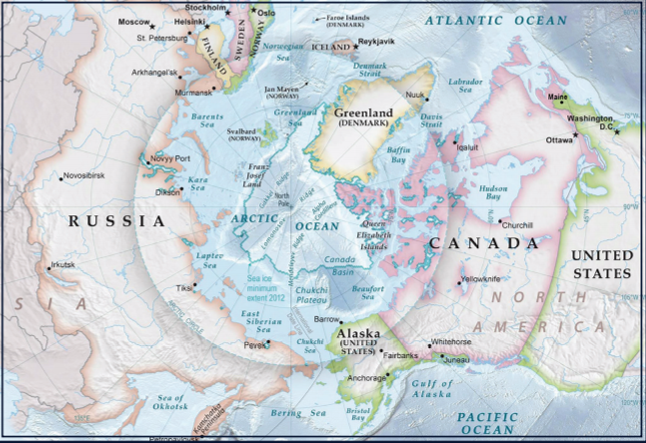
Having contextualized the importance of maintaining a strong presence in the arctic, the report quickly moves on to expand on the three main mechanism that the navy hopes to use in order to further US security interest in the “blue arctic”:
- Maintain Enhanced Presence
- Strengthen Cooperative Partnerships
- Build a More Capable Arctic Naval Force
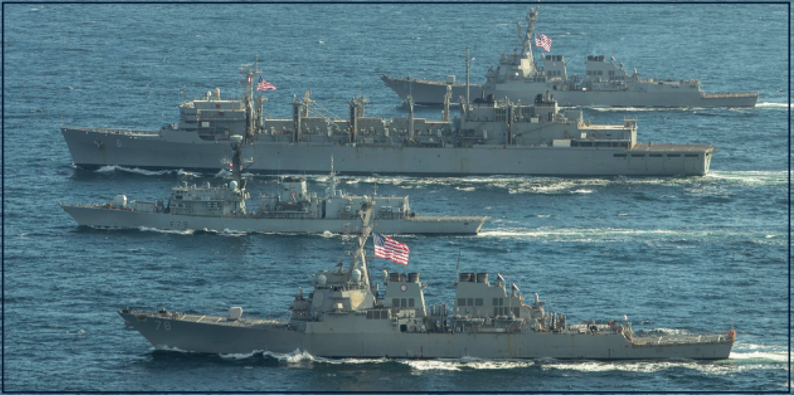
In order to achieve these aims, the navy hopes to maintain a more active force posture in the region and strengthen cooperation with other nations and services through expanded regional consultative mechanisms, collaborative planning, and exercises. The service also hopes to achieve greater regional integration with other services, improve fleet synchronization and to modernize capabilities and operation concepts.
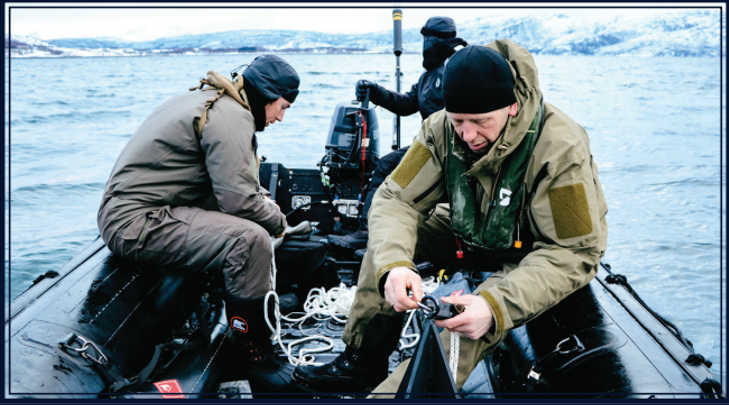
China’s English-language propaganda mouthpiece The Global Times responded to the report quickly in an article titled “Hegemonic US is the real threat to Arctic.” Among the typical claims of peaceful Chinese intentions, American belligerency and the irrationality of the so-called “China threat theory”, the piece stated that:
“In particular, by strengthening the military presence in the Arctic, the US itself is damaging the delicate ecological balance of the Arctic.”
Maybe then, the US navy can pursue its arctic strategy in a way that deescalates tensions with China through prioritizing the safety of walruses. Unfortunately, the report made no mention of these majestic creatures.
The full report, which greatly expands on these core ideas, can be read here.

